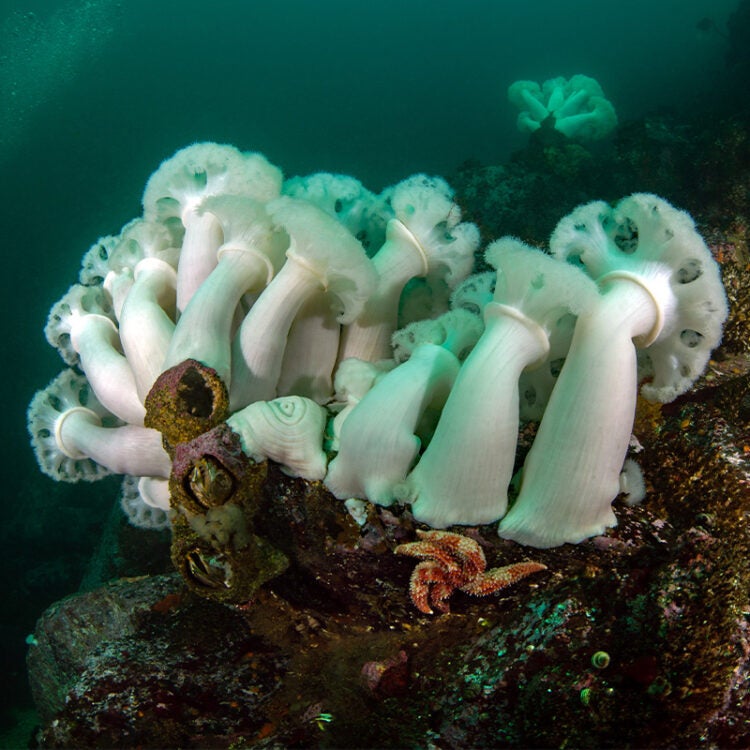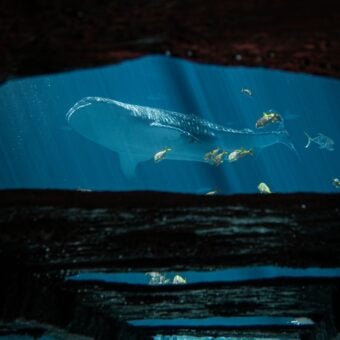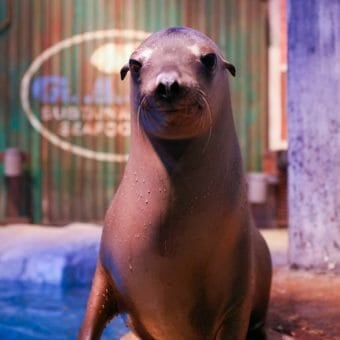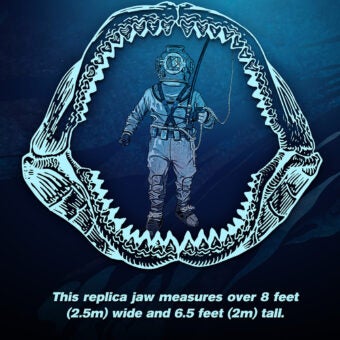-
Size
Maximum height of 3 feet (1 m) -
Diet
Plankton and small fish -
Range
North Atlantic Coast and North Pacific coast -
Habitat
Subtidal or intertidal areas
Physical Characteristics
- Coloration is usually white but can be brown, tan, pink or orange with white tentacles.
- Maximum height of 3 feet (1 m).
- The oral disc is lobed and wider than its base, with over 200 short tentacles attached to it.
- Anemones defend themselves with acontia, threadlike organs that contain stinging nematocyst cells. While these cannot sting human skin, they are largely effective against both predator and prey.
Animal Fact
Giant plumose anemones are some of the world’s tallest polyps.
Diet / Feeding
- Diet consists primarily of plankton and other microscopic organisms, as well as other passing food that is ingestible, including small fish.
- Feeds by extending tentacles to capture prey and return it to the oral disc.
Range / Habitat
- Occurs along the North Atlantic coast and the North Pacific coast from Alaska to southern California.
- Found attached to rocks and other hard surfaces, including docks, floats or pilings; in subtidal or intertidal areas in depths of up to 984 feet (300 m).
Reproduction & Growth
- Reproduces either asexually or sexually.
- Asexual reproduction happens by budding, which for giant plumose anemones is called pedal laceration. During this process, the parent organism moves away from its original point of attachment and leaves behind pieces of its pedal disk, which eventually grow into a new organism.
- Sexual reproduction occurs when both male and female gametes are released into the water by the parent organisms and are fertilized when they meet. The larvae then attach to a hard surface, which becomes their new home.
Conservation Status
- “Not Evaluated” on the IUCN Red List.
Additional Information
- Giant plumose anemones are some of the world’s tallest polyps.
- Also known as the “white-plumed anemone.”
- Forms large colonies that can be dangerous for small passing marine life.






